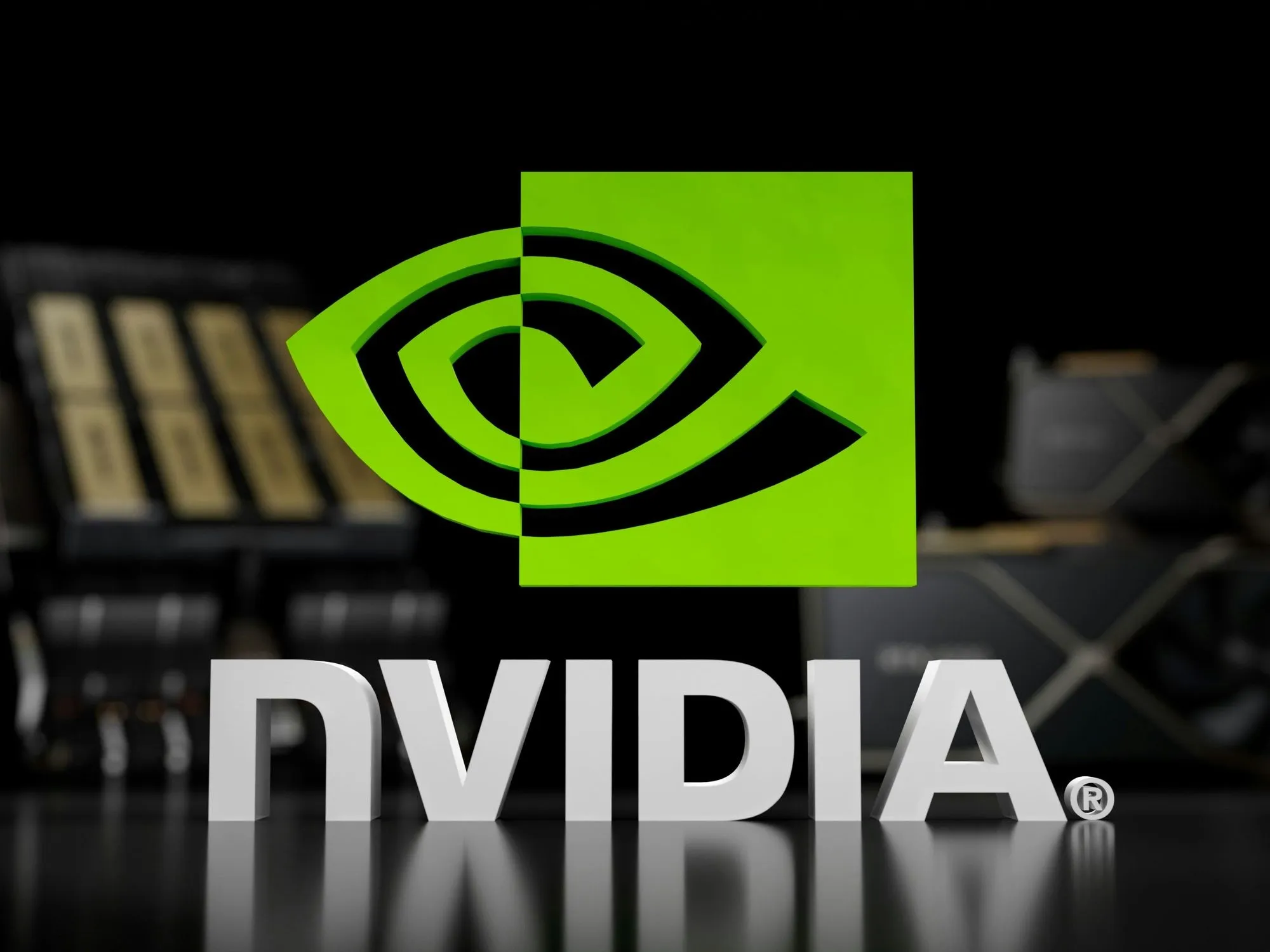Nvidia’s AI Boom Fuels $46.7B Amid Geopolitical Tensions

Nvidia’s AI Boom Fuels $46.7B Revenue Amid US-China Tensions
Nvidia, the Santa Clara-based chip designer, reported a staggering $46.7 billion in revenue for the second quarter of 2025, marking a 56% surge from the same period in 2024. This growth, announced on August 27, 2025, underscores Nvidia’s pivotal role in the ongoing artificial intelligence (AI) boom, driven by demand from tech giants like Meta and OpenAI. However, the company faces significant challenges due to geopolitical tensions between the US and China, which have led to export restrictions and a halt in sales of its H20 chips to the Chinese market. Despite these hurdles, Nvidia forecasts $54 billion in revenue for the current quarter, surpassing Wall Street expectations. This article explores Nvidia’s financial success, the impact of US-China trade policies, and the company’s strategic moves to maintain its dominance in the AI sector.
The AI revolution has positioned Nvidia as a cornerstone of technological innovation, with its advanced graphics processing units (GPUs) powering data centers and AI infrastructure globally. Yet, the company’s exposure to US-China trade disputes, particularly restrictions on its H20 and upcoming Blackwell chips, has introduced volatility. A 15% revenue-sharing agreement with the US government for Chinese sales and Beijing’s push for domestic chip alternatives add complexity to Nvidia’s operations. As the AI race intensifies, Nvidia’s ability to navigate these geopolitical challenges while capitalizing on global demand will shape its future and the broader semiconductor industry.
Nvidia’s Financial Performance in Q2 2025
Nvidia’s Q2 2025 earnings, released on August 27, 2025, revealed a robust $46.7 billion in revenue, equivalent to £34.6 billion, reflecting a 56% year-over-year increase. The company’s data center segment, which accounts for the bulk of its revenue, surged by 56% to $41.1 billion, driven by demand for its AI accelerators like the H100 and Blackwell chips. Despite slightly missing analysts’ expectations for data center revenue, Nvidia’s performance underscores its unchallenged leadership in the AI chip market. CEO Jensen Huang highlighted the intense demand from tech giants, noting that spending by four major firms—Meta, Microsoft, Amazon, and Google—had doubled to $600 billion annually, fueling Nvidia’s growth.
Colleen McHugh, chief investment officer at Wealthify, described Nvidia as “at the heart of this AI boom” during an interview on the BBC’s Today programme. She emphasized the company’s reliance on tech giants, stating that continued investment in AI infrastructure would drive Nvidia’s share price higher. However, the company’s stock experienced a dip in after-hours trading, which Eileen Burbridge of Passion Capital attributed to the data center division’s results falling short of lofty expectations. Despite this, Burbridge noted Nvidia’s “unbelievable” growth, suggesting that market exuberance may indicate a potential bubble in AI investments.
Geopolitical Challenges: US-China Trade Tensions
Nvidia’s success is tempered by its exposure to US-China geopolitical tensions, which have significantly impacted its operations in the world’s largest chip market. In April 2025, the Trump administration banned sales of Nvidia’s H20 chips, designed specifically for China to comply with export controls, citing concerns about potential military applications. After lobbying by CEO Jensen Huang, the ban was reversed in July 2025, with the condition that Nvidia pay the US government 15% of revenue from licensed H20 sales. However, no H20 chips have been shipped to China since the agreement, as Beijing has halted orders over security concerns, prompting Nvidia to suspend production of the chip.
The halt in H20 production, reported on August 23, 2025, reflects China’s broader strategy to reduce reliance on US technology through its “Delete America” initiative. Chinese regulators have raised concerns about potential security vulnerabilities in Nvidia’s chips, leading companies like Alibaba and Tencent to delay purchases. Emarketer analyst Jacob Bourne noted that “US export restrictions are fueling domestic chipmaking in China,” with competitors like Cambricon reporting a 4,000% revenue surge in the first half of 2025. Nvidia’s Q3 revenue forecast of $54 billion, announced on August 27, excludes H20 sales, highlighting the uncertainty surrounding its China business, which previously accounted for 13% of its revenue.
Nvidia’s Strategic Response to Market Challenges
To address the loss of its China market, Nvidia is developing a new AI chip, the B30A, based on its advanced Blackwell architecture. Priced between $6,500 and $8,000, the B30A aims to comply with both US export controls and Chinese security requirements while offering 50% better performance than the H20. This strategic pivot, reported on August 19, 2025, demonstrates Nvidia’s agility in navigating a fractured market. The company is also lobbying for approval to sell its Blackwell chips in China, though analysts warn that ongoing US reviews and Beijing’s push for self-sufficiency may delay or prevent this.
Beyond China, Nvidia is diversifying its revenue streams by expanding into markets like Saudi Arabia and Europe, where it is deploying Blackwell-powered AI systems. The company’s $25 billion investment in research and development, including localized production in Arizona, aims to mitigate geopolitical risks. Nvidia’s CUDA software ecosystem and AI tools like TensorRT-LLM provide a competitive edge, making it costly for customers to switch to alternatives. However, Chinese firms like Huawei and Cambricon are closing the technological gap, with Bernstein projecting that China could achieve 55% AI chip localization by 2027.
The Broader AI Boom and Market Dynamics
Nvidia’s dominance in the AI chip market, with over 80% market share, has driven its stock to a $4.3 trillion valuation, a twelvefold increase since 2023. The company’s GPUs are integral to the AI infrastructure of cloud providers like Microsoft and Meta, which accounted for half of its $41 billion data center revenue in Q2 2025. Jensen Huang emphasized AI’s potential to accelerate global GDP growth, stating, “Our contribution to that is a large part of the AI infrastructure.” However, concerns about an AI investment bubble persist, with a 2025 MIT study noting that 95% of AI projects yield low returns, and Meta’s recent AI hiring freeze signaling market caution.
The rise of Chinese competitors, supported by state-backed initiatives like “Made in China 2025,” poses a long-term threat to Nvidia’s market share. Cambricon’s record profits of 1.04 billion yuan in the first half of 2025 highlight the growing viability of domestic alternatives. Additionally, US firms like AMD and Intel are diversifying to reduce reliance on China, with AMD expanding in Europe and Intel leveraging CHIPS Act subsidies. For Nvidia, maintaining its technological lead through innovations like the Blackwell Ultra and GB200 chips is critical to sustaining its role as the “bellwether of the AI economy,” as described by analyst Jacob Bourne.

Implications for Investors and the Semiconductor Industry
For investors, Nvidia represents a high-reward opportunity tempered by significant geopolitical risks. Analysts from Goldman Sachs and Wedbush praise Nvidia’s product leadership and diversified customer base, with 89% of 65 Wall Street analysts rating the stock a “buy.” However, the 15% revenue-sharing deal with the US government has reduced gross margins by 1.5%, and potential policy shifts under future administrations could further disrupt China operations. Investors are advised to hedge by diversifying into AI software or alternative chipmakers like AMD and Intel, which are less exposed to China’s market volatility.
The semiconductor industry is at a crossroads, with US-China tensions reshaping global supply chains. The Trump administration’s “pay-to-play” model, which monetizes export licenses, has drawn criticism for prioritizing revenue over national security. Meanwhile, China’s push for self-sufficiency, backed by an $8.2 billion AI industry fund, threatens US dominance. Nvidia’s strategic adaptations, including the B30A chip and expansion into new markets, position it to weather these challenges, but the company must remain vigilant as competitors like Huawei advance. The AI boom continues to drive Nvidia’s growth, but its long-term success hinges on navigating this complex geopolitical landscape.
Future Outlook for Nvidia
Nvidia’s Q3 2025 revenue forecast of $54 billion, announced on August 27, reflects confidence in sustained AI demand, particularly from cloud providers. The company’s pivot to robotics and new chip architectures like the Blackwell Ultra signals a proactive approach to diversifying its portfolio. However, the absence of H20 sales in its guidance underscores the ongoing impact of US-China trade restrictions. Analysts estimate that China’s market, once contributing $20 billion annually to Nvidia’s revenue, could shrink further if domestic alternatives gain traction. The company’s $6 trillion market cap projection by 2027 depends on maintaining a 30% compound annual growth rate in AI adoption and stable geopolitical relations.
As the global AI race intensifies, Nvidia’s ability to innovate and adapt will determine its continued dominance. The company’s investments in R&D and partnerships with manufacturers like TSMC bolster its resilience, but geopolitical uncertainties remain a wildcard. For now, Nvidia’s leadership in AI hardware, supported by its CUDA ecosystem and strong relationships with tech giants, positions it as a linchpin of the AI economy. However, the rise of competitors and shifting regulatory landscapes will test its ability to sustain its remarkable growth trajectory in the years ahead.
Comment / Reply From
No comments yet. Be the first to comment!











